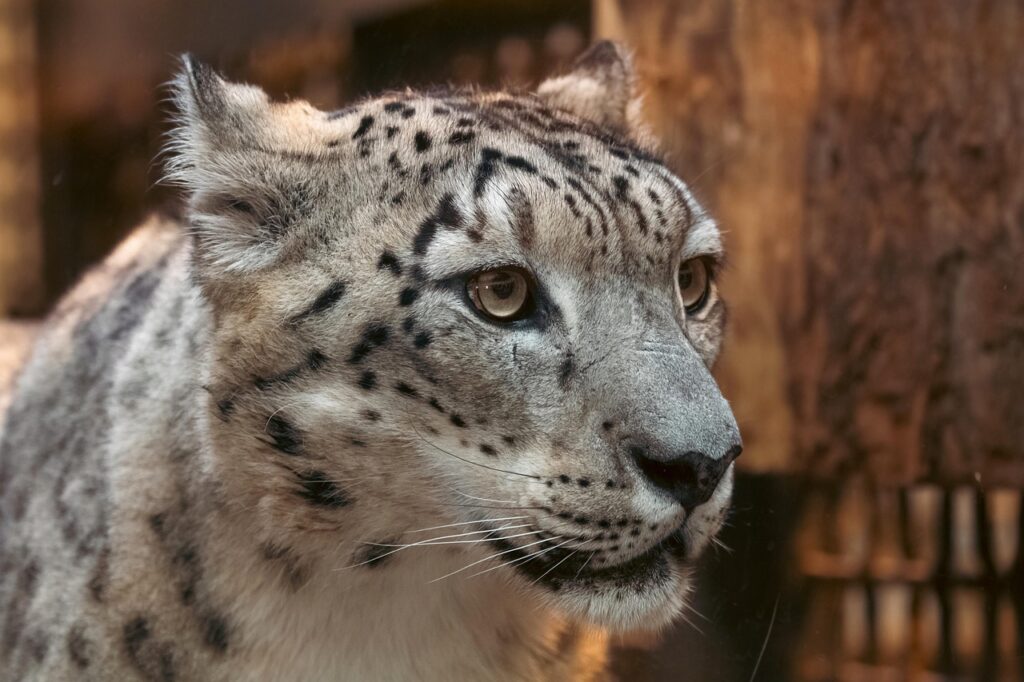In Pakistan, conservationists have launched a project using AI-powered cameras to help protect both livestock and endangered snow leopards. These cameras, developed by WWF and the Lahore University of Management Sciences, send real-time text alerts to villagers when snow leopards approach their herds. This initiative aims to reduce conflicts between humans and the animals, who are often killed in retaliation for livestock attacks.
AI Technology Takes on Snow Leopard Protection
Snow leopards, known for their elusive nature, are vital to maintaining a balanced ecosystem. They keep populations of ibex and blue sheep in check, preventing overgrazing that could threaten livestock grazing areas. However, snow leopards often face retaliation from local farmers when they attack livestock, resulting in a significant decline in their population.
In a bid to protect the snow leopards and prevent further livestock losses, WWF and the Lahore University of Management Sciences developed AI-powered cameras. These cameras, equipped with solar panels, are positioned in remote mountain areas to monitor the leopards’ movements. When a snow leopard is detected, the system sends a message to nearby villagers, alerting them to take protective action.
Cameras Provide Real-Time Alerts
The technology behind the AI cameras has proven to be highly effective in detecting snow leopards. Asif Iqbal, a WWF conservationist, shared an example where the AI correctly identified a human and an animal in a captured image. The system also successfully identified a snow leopard marking its territory in the infrared footage. The AI model took three years to train and, while not flawless, it has shown strong accuracy.
The cameras are currently being tested in three villages in Gilgit-Baltistan, Pakistan, at an altitude of around 3,000 meters. Despite facing some technical challenges, such as issues with battery life and damage from landslides, the project continues to make progress.
Challenges to Overcome
While the technology is advancing, the biggest hurdle lies in gaining the trust of local communities. In some areas, villagers were initially skeptical about the cameras’ effectiveness. Some residents even damaged or tampered with the devices. Others were concerned about privacy, especially regarding the footage that the cameras capture. The WWF worked closely with the villagers to address these concerns and secure their consent.
In some villages, cultural sensitivities had to be considered. For example, cameras were relocated in areas where women often walk, respecting local customs and privacy.
Local Farmers’ Views and Skepticism
The project has seen mixed reactions from the community. Sitara, a local woman who lost all her sheep to a snow leopard attack, questioned how the AI alerts could help, given the region’s poor phone service. Her experience highlights the challenges of technology adoption in rural areas with limited connectivity.
Despite these concerns, more villagers are beginning to understand the importance of snow leopards in the local ecosystem. Asif Iqbal explained that snow leopards play a crucial role in controlling the populations of other species, which helps maintain healthy grasslands for grazing animals. However, not all farmers are convinced, with some blaming both snow leopards and ibex for the degradation of grazing land.
Climate Change and its Impact on Human-Leopard Conflicts
Another factor contributing to human-leopard conflicts is climate change. As temperatures rise, villagers are forced to move their crops and livestock into higher altitudes—directly into snow leopard territories. This has led to increased encounters between the animals and herds, exacerbating tensions between conservation efforts and local farming practices.
Legal Protections and Enforcement
In addition to technological solutions, legal measures have been taken to protect snow leopards. In 2020, three individuals were jailed for killing a snow leopard in Hoper Valley. This case highlights the importance of legal deterrents in curbing wildlife poaching and ensuring that endangered species are protected.
While AI cameras are a promising tool, the WWF recognizes that technology alone cannot solve the complex issue of human-wildlife conflict. The team is exploring other methods, such as using scents, sounds, and light flashes to drive leopards away from farming areas. This multi-faceted approach aims to reduce human-leopard conflicts while preserving the biodiversity of the region.
